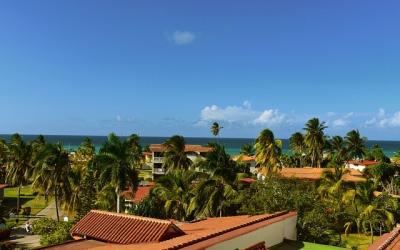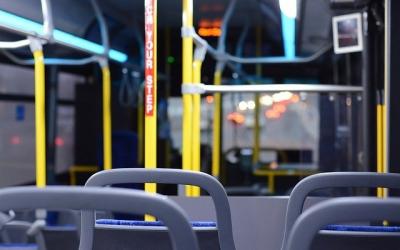MONITOREO DE CONDICIÓN EN LAS TURBINAS DE VIENTO DEL PARQUE EÓLICO GIBARA II APLICANDO MÉTODOS DE LA INDUSTRIA 4.0
CONDITION MONITORING IN THE WIND TURBINES OF THE GIBARA II WIND FARM APPLYING METHODS OF INDUSTRY 4.0
Fecha recibido: 03/03/2021 | Fecha publicado: 09/03/2021 | Fecha corregido: 09/03/2021 |Autores
Ms.C. Yorley Arbella Feliciano Dr. C. Carlos A. Trinchet Varela Ms.C. Camilo Mora Batista
Resumen:
Las tecnologías de las turbinas de viento (WT) en su gran mayoría son diseñadas y fabricadas por países ubicados en el hemisferio norte, bajo normas que se basan en condiciones climáticas típicas de los países productores. Actualmente el Departamento de Ingeniería Mecánica de la Universidad de Holguín investiga la tropicalización de las WT instaladas en el Parque Eólico (PE) Gibara II. Para ello se ha realizado monitoreo de condición (MC), aplicando métodos de la Industria 4.0. Lo cual ha permitido dar pequeños pasos en el campo de investigación, y definir técnicas de Inteligencia Artificial (IA) como una alternativa para prevenir el problema del desgaste prematuro en sistemas de alta criticidad. Es eminente la necesidad que impone el tema producto del comportamiento técnico histórico que han presentado los equipos en estudio. La investigación dispuso de Big Data relacionadas con parámetros como temperatura de rodamientos, temperatura de aceite, generación eléctrica, temperatura en el devanado y condiciones climáticas que se registran y almacenan por el sistema de control y adquisición de datos (SCADA). Por el volumen de datos que se disponía se pudo aplicar técnicas de IA como redes neuronales (RNA), para definir modelos matemáticos ajustados que permitan optimizar, predecir, modificar y validar, patrones de comportamientos técnicos. Los valores del estado térmico predichos fuero contractados y validados utilizando la estadística de pronóstico y software de diseño e ingeniería asistida por computadora (CAD-CAE) como el SolidWorks versión 2016. Las teorías y postulados expuestos en el trabajo se sustentan en el estudio de 6 equipos.
Palabras clave: turbinas de viento; monitoreo de condición; Industria 4.0; temperatura
CONDITION MONITORING IN THE WIND TURBINES OF THE GIBARA II WIND FARM APPLYING METHODS OF INDUSTRY 4.0
Summary
The majority of wind turbine (WT) technologies are designed and manufactured by countries located in the northern hemisphere, under standards that are based on typical climatic conditions in producing countries. Currently, the Department of Mechanical Engineering of the University of Holguín is investigating the tropicalization of the WT installed in the Gibara II Wind Farm (PE). For this, condition monitoring (MC) has been carried out, applying Industry 4.0 methods. This has allowed taking small steps in the field of research, and defining Artificial Intelligence (AI) techniques as an alternative to prevent the problem of premature wear in highly critical systems. It is eminent the need imposed by the subject product of the historical technical behavior that the teams under study have presented. The research had Big Data related to parameters such as bearing temperature, oil temperature, electrical generation, temperature in the winding and climatic conditions that are recorded and stored by the control and data acquisition system (SCADA). Due to the volume of data available, AI techniques such as neural networks (RNA) could be applied to define adjusted mathematical models that allow optimizing, predicting, modifying and validating technical behavior patterns. The predicted thermal state values were contracted and validated using forecast statistics and computer-aided engineering and design software (CAD-CAE) such as SolidWorks version 2016. The theories and postulates presented in the work are based on the study of 6 teams.
Key words: wind turbine; condition monitoring; industry 4.0; temperature


